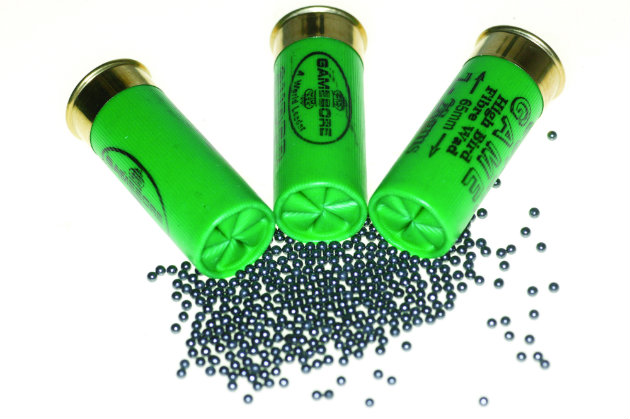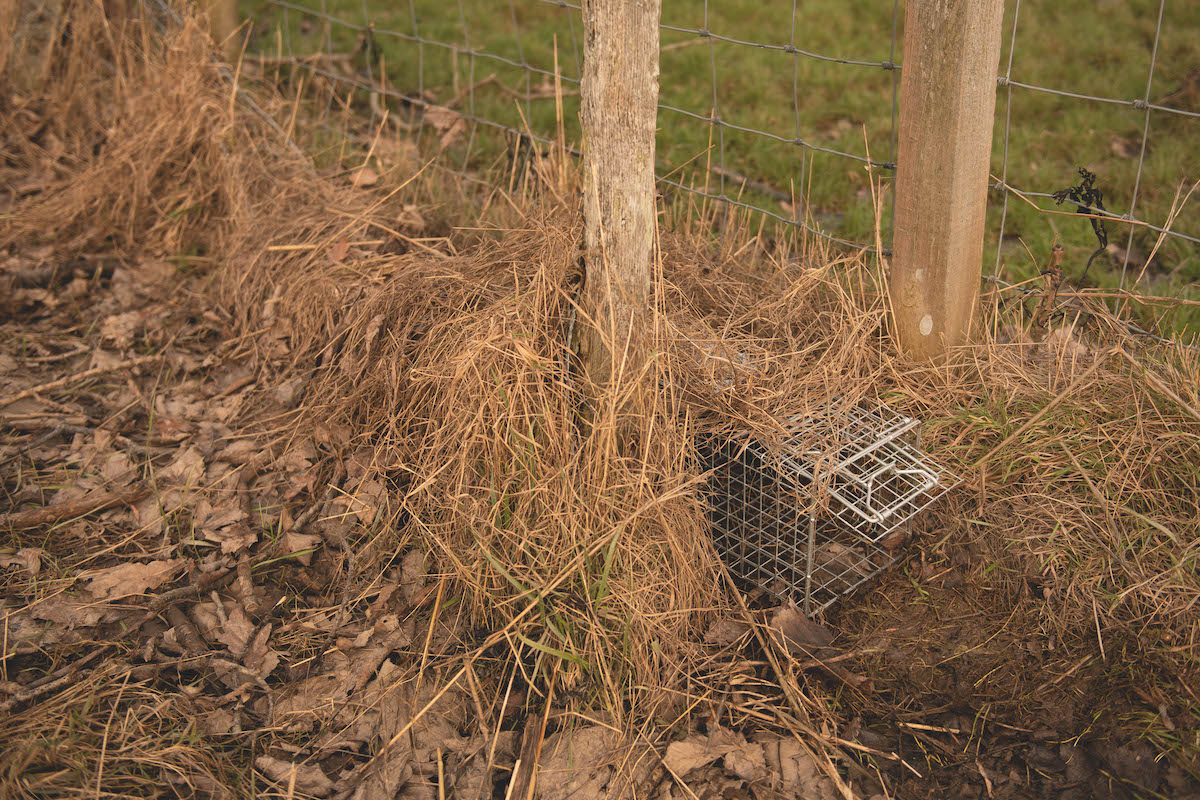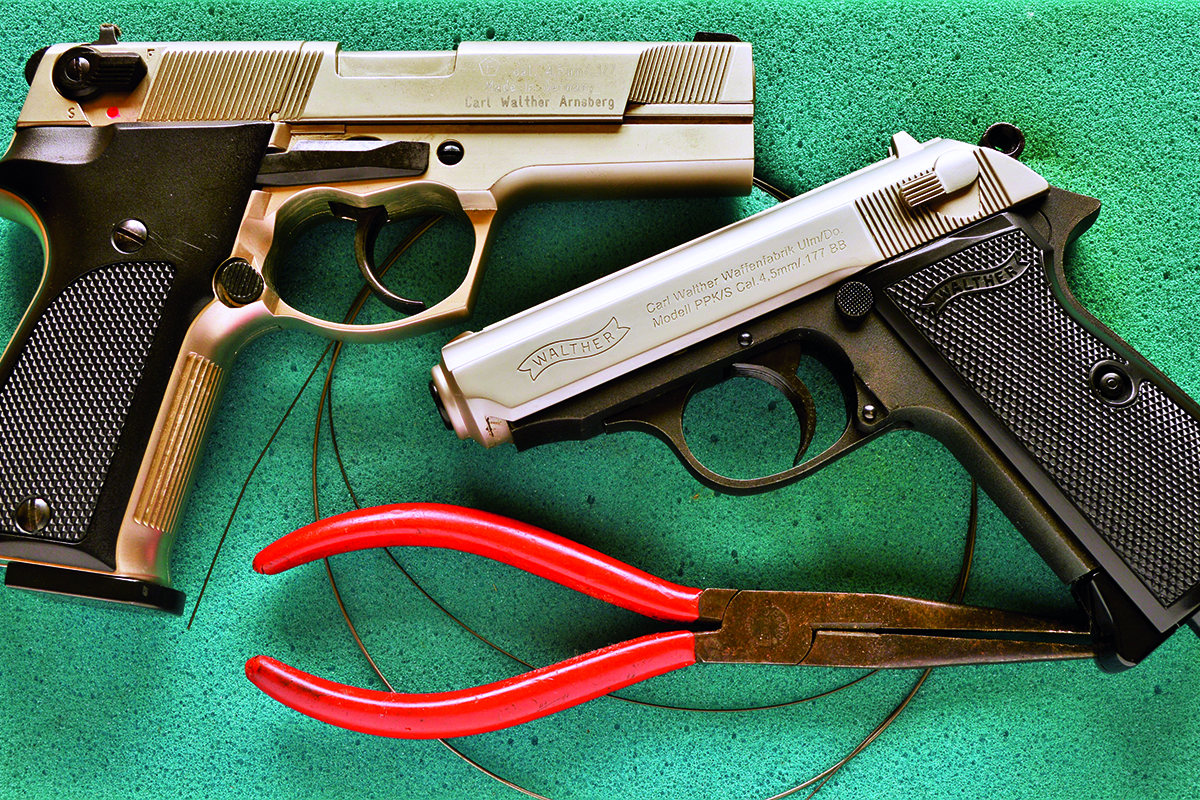What’s antimony content?
Q: On cartridge specifications I see antimony content is often listed on the box. Can you tell me what this refers to?

Mike says: Antimony is a metallic element, which, in its pure state, is rather brittle. However, it has a low melting point and mixes readily with lead in small percentages. Lead-antimony alloys are harder than pure lead, and this extra hardness gives shot two desirable qualities.
First, since pellets containing antimony tend not to get squashed out of round at the moment of firing, and do not get abraded as they rub along barrel walls, they shoot better, tighter patterns. This is mainly because round pellets fly true, while damaged pellets fly erratically. Secondly, lead-antimony pellets do not easily weld together under the enormous pressures at the moment of firing. In the old days, with almost pure lead, this would be quite a hazard and it was not unknown for the shot of a powerful charge to emerge from the muzzle in a few large lumps, which could fly off in all directions for great distances, with consequent dangers. Cartridge manufacturers tend to add up to seven per cent antimony to their lead for best results.








